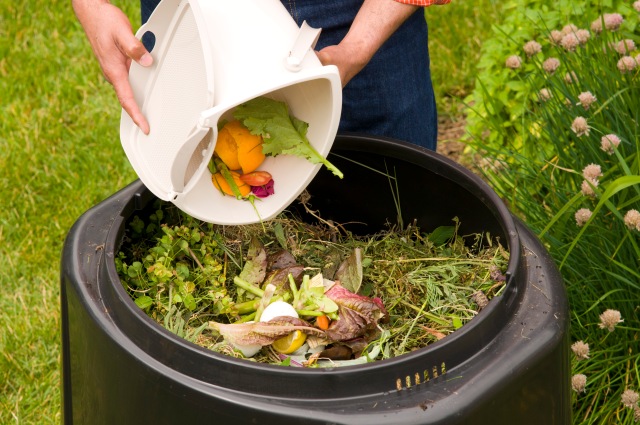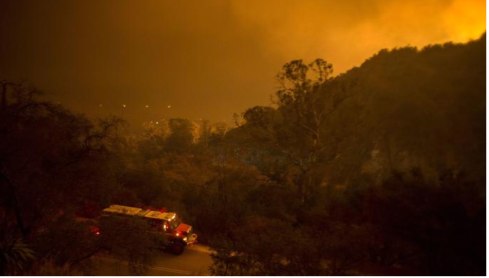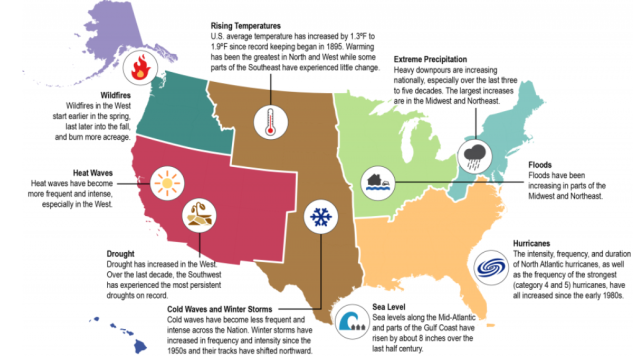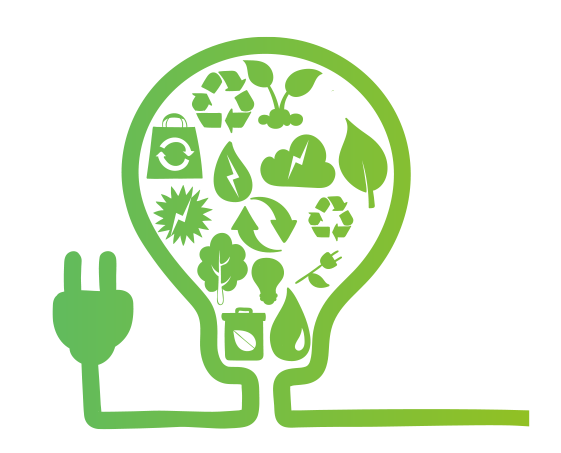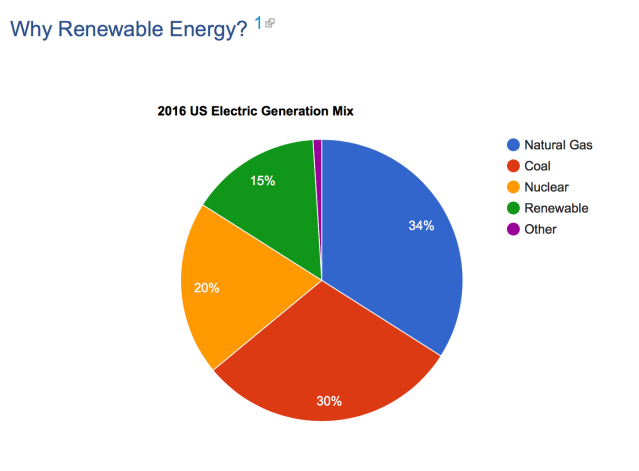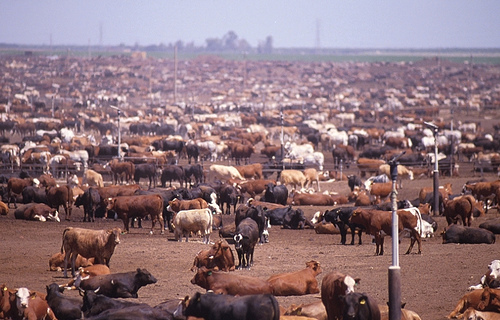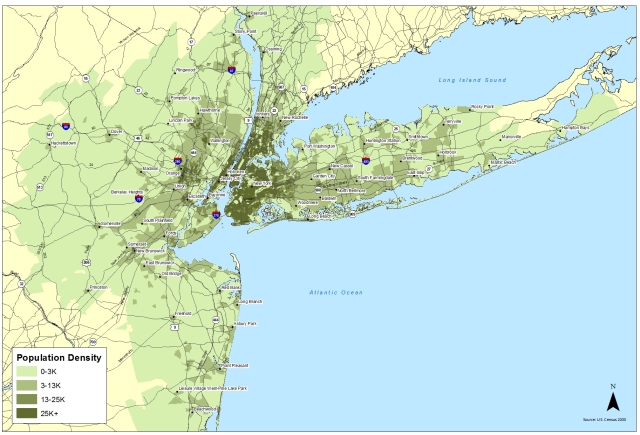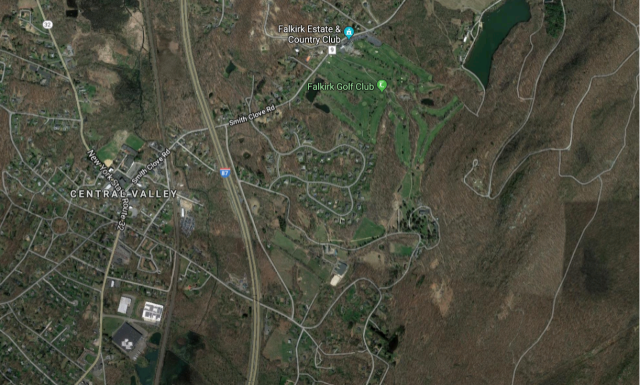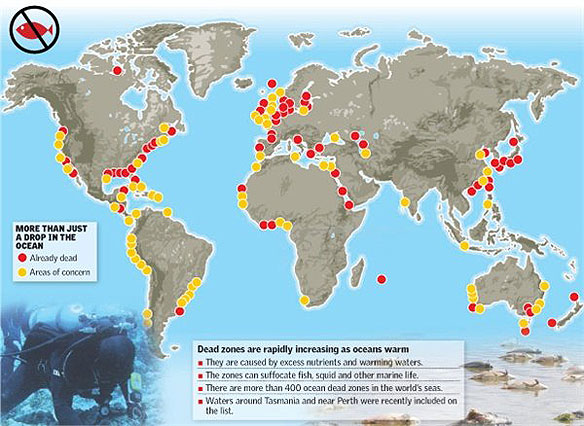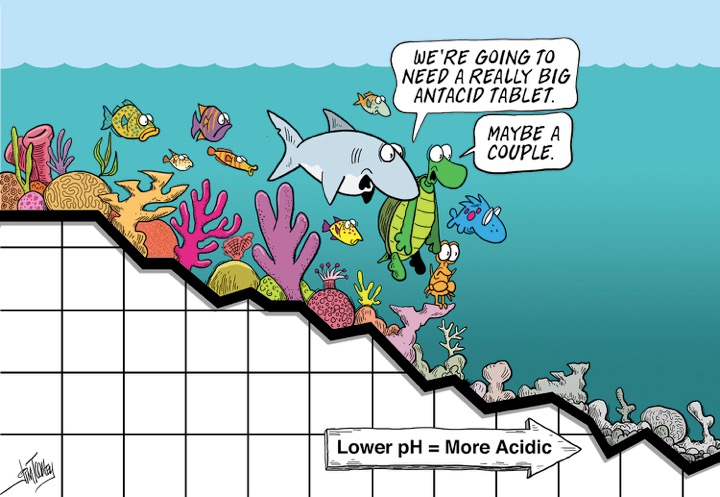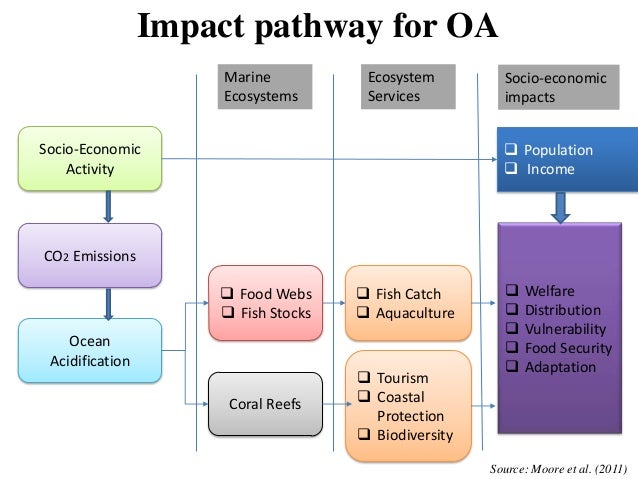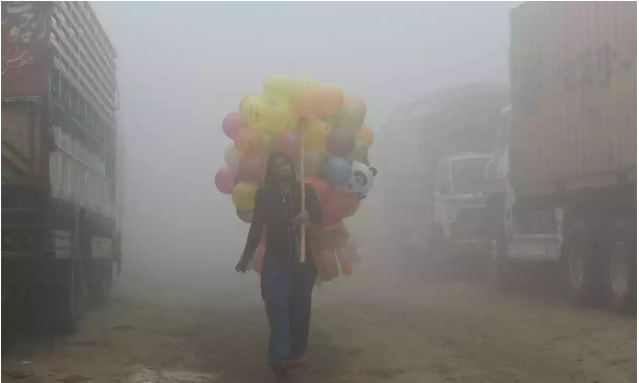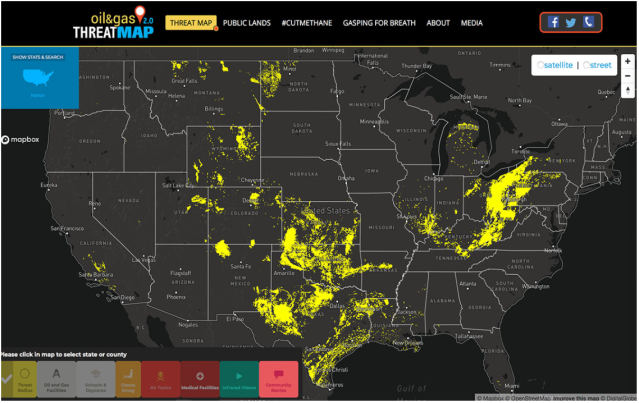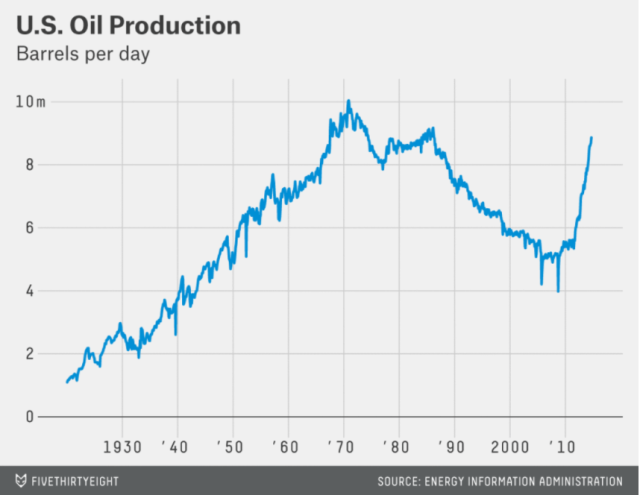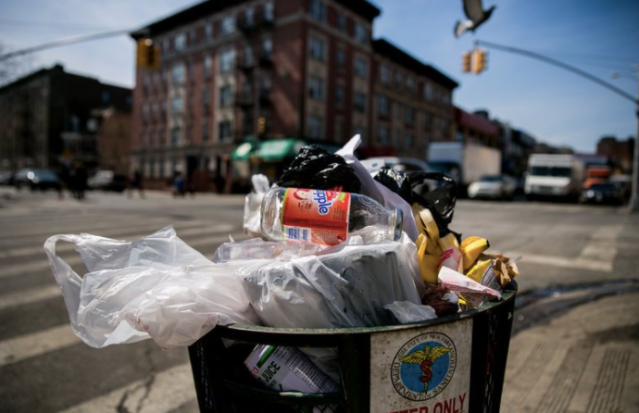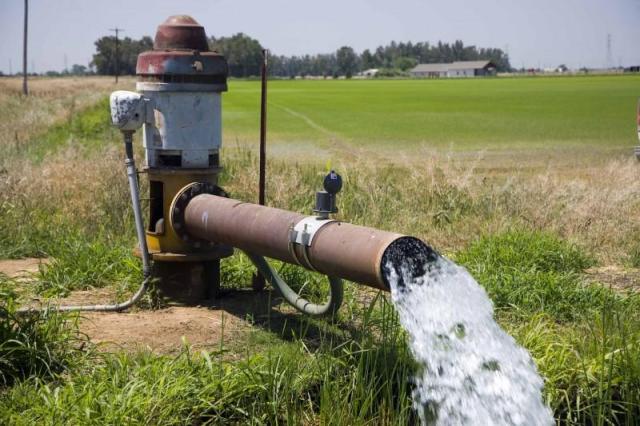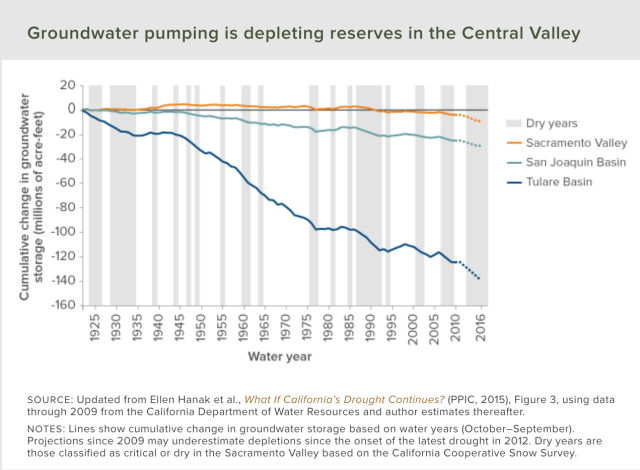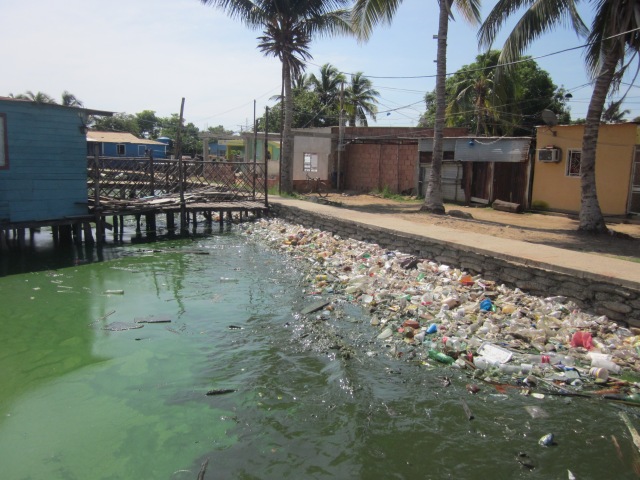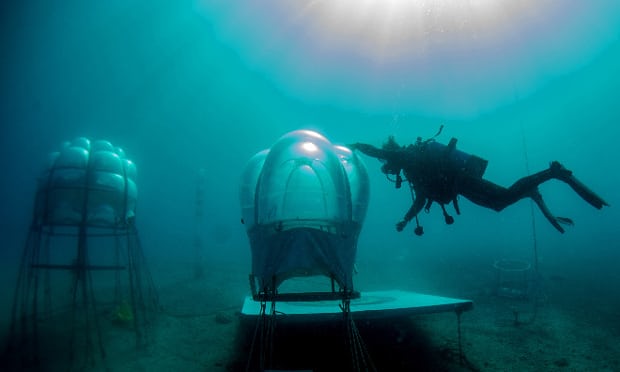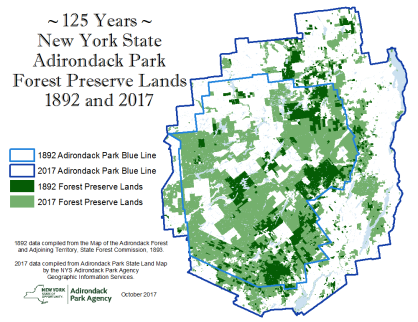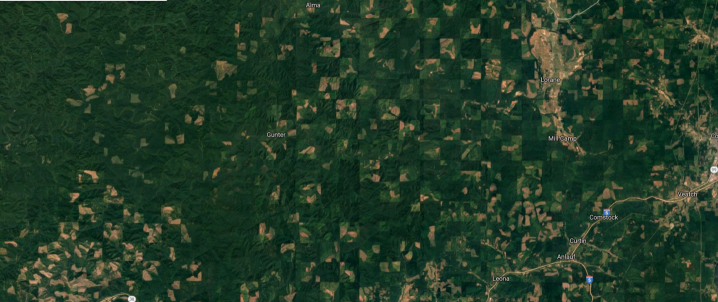By Nicole Behler
For years and years, coal has been the resource that has literally fueled the United States and many other countries around the globe. As a millennial, I don’t remember a time where natural gas wasn’t our main source of energy. Being born in the later part of the 90’s, I was witnessing the rise of shale gas in the United States without even knowing it.

According to the article “The Conventional Wisdom on Oil is Always Wrong”, experts were in unanimous agreement that US oil production was in permanent decline; well, the consensus was wrong as production has increased more than 50 percent since 2008 making it an all time high in the past three decades (Casselmen). Experts did not expect the impact of what is called the “Shale Boom” for a number of reasons: 1. they didn’t think natural gas could be produced from shale, 2. they thought shale couldn’t reverse the decline in US production, and 3. they thought rising US oil production would not be enough to affect global gas prices. The price of oil is hard to predict even by expects because there are so many variables that affect price such as geopolitics and technology (Casselmen).
Another reason experts’ predictions were wrong is because of the assumption that slow drilling equals so production; although the US is drilling half as many gas wells as we were five years ago, we are producing a third more gas than we previously were because even after a well has been drilled it can keep producing for decades to come (Casselmen).
Before the rise of shale gas, there were no price controls on coal but because of the shortage of natural gas a price control was placed. In the 1990’s the price control was lifted, shifting the supply curve outward. In the early 2000’s, the US experiences a push to develop domestic oil sources; both the Bush and Obama administrations increase strategic oil reserves. In 2001, when the devastating 9/11 attack occurred, energy portfolios were impacted and oil extraction from the Middle East created a conversation about National Security.
In 2005, after the United States invades Iraq, the price of global oil increases from the previously lower prices of 2000. Because of the shift in the supply curve to the left, the price of a barrel of oil increased as quantities decreased. The US wanted to increase its domestic oil supply, and because of increasing technology we are able to now extract shale gas from tar sands. Prior to this, it was thought that the extraction process of oil from tar sands was too expensive. In order to extract the oil, hot water is injected into the sands to separate the oil and refine it. After this technology is discovered, we see a dramatic increase in development and domestic oil production. As technology improves over time, marginal extraction cost decreases. When marginal extraction costs are low, firms will usually decide to extract large amounts of the product to keep in reserves. OPEC is a prime example of a company that holds off on their supply in order to control the price of oil.
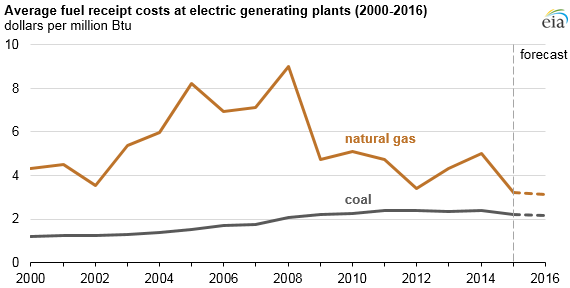
In 2008-2009, the recession causes oil demand to plummet. Technology further reduces the demand for oil over the long run as more Americans stop driving large SUVs and make the switch to hybrid cars. Since the demand is so low, the price of oil decreases. Post-recession, prices start to rebound back to similar prices as in 2000. At this point, the price of oil is so low that it doesn’t make economic sense to keep developing tar sands.
The decreasing development of tar sands is a good thing environmentally speaking because the process of developing tar sands and fracking cause many negative externalities specifically on water resources. Hydraulic fracturing uses significant amounts of water and generate large wastewater streams (Manson). Recent studies also suggest that there is a high correlation between fracking and earthquakes. Conca says:
There is a connection between fracking and earthquakes in the central and eastern United States. But the earthquakes are not a result of fracking itself. They mostly result from the injection of fracking wastewater and other waste and production water, even from non-fracking wells, at depths well-below the fracking horizon. The larger the volumes of water injected into the subsurface, the larger the earthquakes can be.
All in all, shale gas has had a long and continuing history all around the world. Although shale gas does have positive externalities like lowering CO2 emissions in the switch from coal, we should also consider that displaced coal could be exported and used elsewhere which would cause global greenhouse gas implications; and previously un-economic oil supplies have been unlocked by modern hydraulic fracturing, lowering global gas prices, and increasing demand in transportation and other sectors causing negative implications for climate change. Shale gas is a better alternative to coal, but hopefully in the future we will continue to increase our use of renewable energy resources such as wind and solar.
Works Cited
Casselmen, Ben. “The Conventional Wisdom On Oil Is Always Wrong.” FiveThirtyEight, FiveThirtyEight, 18 Dec. 2014, fivethirtyeight.com/features/the-conventional-wisdom-on-oil-is-always-wrong/.
Conca, James. “Thanks To Fracking, Earthquake Hazards In Parts Of Oklahoma Now Comparable To California.” Forbes, Forbes Magazine, 7 Sept. 2016, http://www.forbes.com/sites/jamesconca/2016/09/07/the-connection-between-earthquakes-and-fracking/#2fe825e6d68e.
Mason, Charles F., Lucija A. Muehlenbachs, and Sheila M. Olmstead. The Economics of Shale as development Annu. Rev. Resour. Econ. 7.1 (2015): 269-289.
“U.S. Energy Information Administration – EIA – Independent Statistics and Analysis.” Natural gas expected to surpass coal in mix of fuel used for U.S. power generation in 2016 – Today in Energy – U.S. Energy Information Administration (EIA), 16 Mar. 2016, http://www.eia.gov/todayinenergy/detail.php?id=25392.





